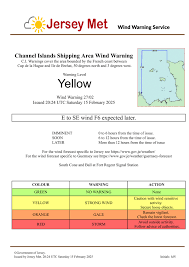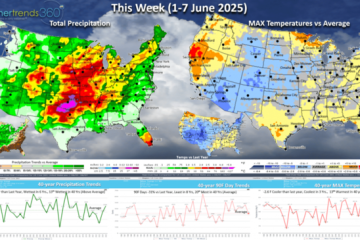Understanding Wind Warnings: What You Need to Know

Introduction
As winter approaches in Canada, weather warnings become increasingly important. One of the most critical alerts residents may encounter is the wind warning. Understanding wind warnings allows individuals and communities to prepare for potentially hazardous conditions and protect themselves effectively.
What is a Wind Warning?
A wind warning is issued when sustained winds of 30 km/h or more, or gusts of over 50 km/h are expected, posing risks such as property damage and personal safety hazards. Such warnings are typically issued by Environment Canada and are crucial for informing the public about approaching severe weather. During periods of high winds, there’s an increased risk for falling trees, power outages, and traffic hazards.
Current Weather Events
Recently, southern Ontario and parts of British Columbia have seen wind warnings due to an approaching cold front. Meteorological reports indicate that strong westerly winds could reach 70 km/h, particularly along the coasts and in open areas. As of this past weekend, cities like Toronto, Vancouver, and their surrounding regions were under alerts, advising residents to secure loose outdoor items and avoid travel unless necessary.
Safety Precautions
Authorities recommend several safety measures when a wind warning is in effect. Securing outdoor furniture, closing windows, and staying indoors during the storm are just a few basic precautions. Drivers are urged to exercise caution, particularly on highways and bridges where crosswinds can make vehicles difficult to control. Moreover, ensuring emergency kits are stocked can help households respond effectively to power outages or other emergencies.
Conclusion
In summary, wind warnings are a crucial part of weather preparedness in Canada, especially during the winter months when conditions can change rapidly. By understanding the implications of wind warnings and staying informed through local weather channels, Canadians can ensure their safety and well-being. Looking ahead, experts anticipate an increase in severe weather patterns, making it essential for individuals to remain vigilant and prepared for future alerts.








